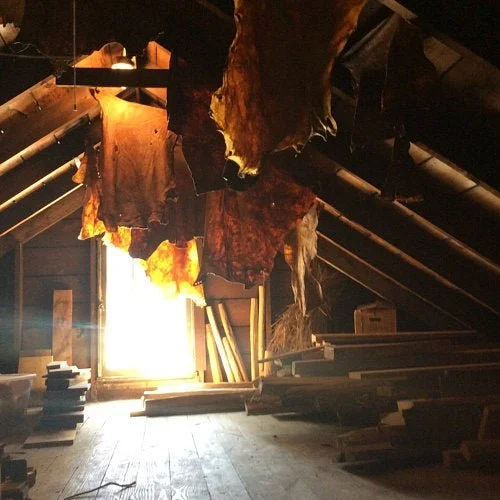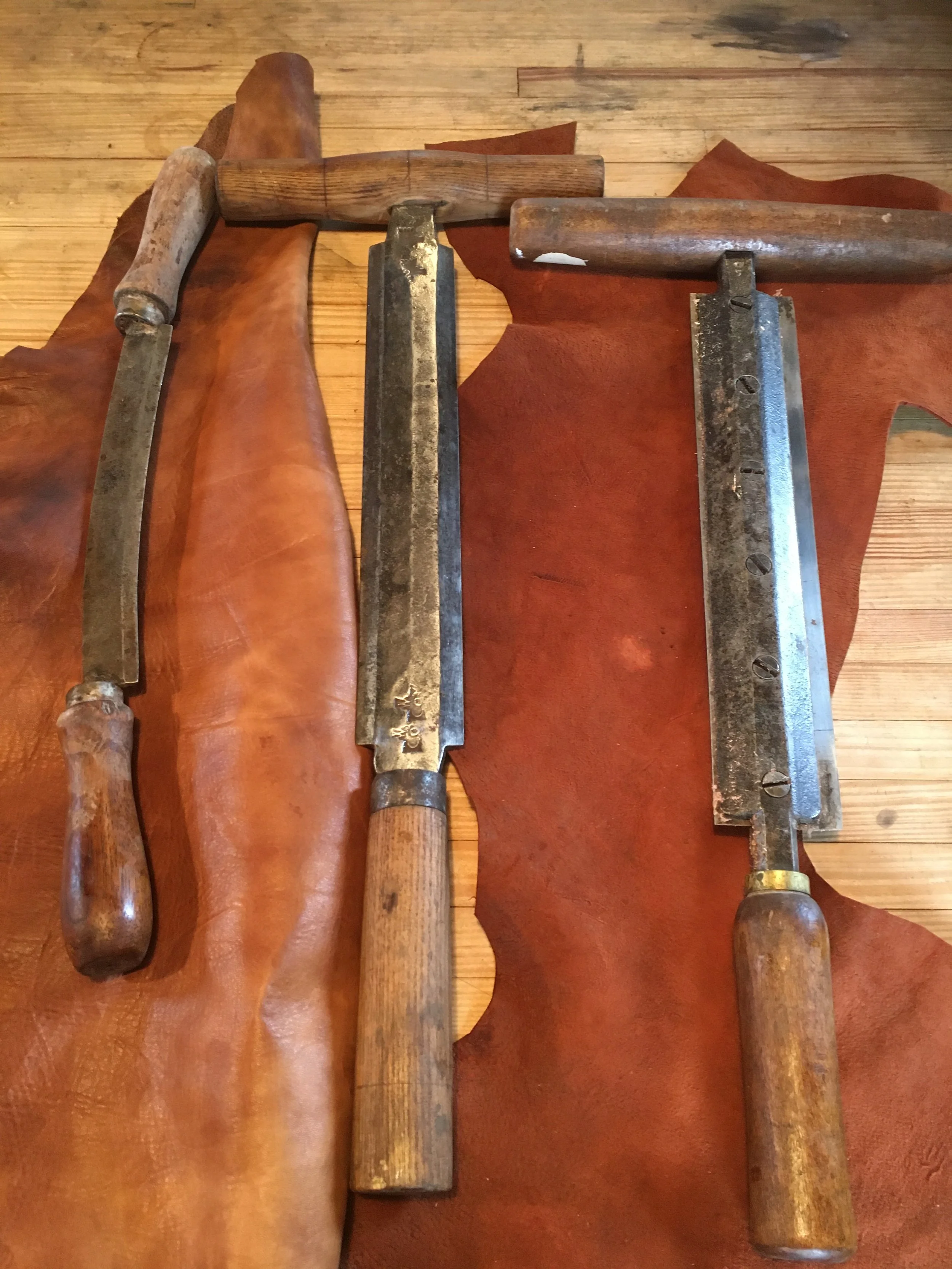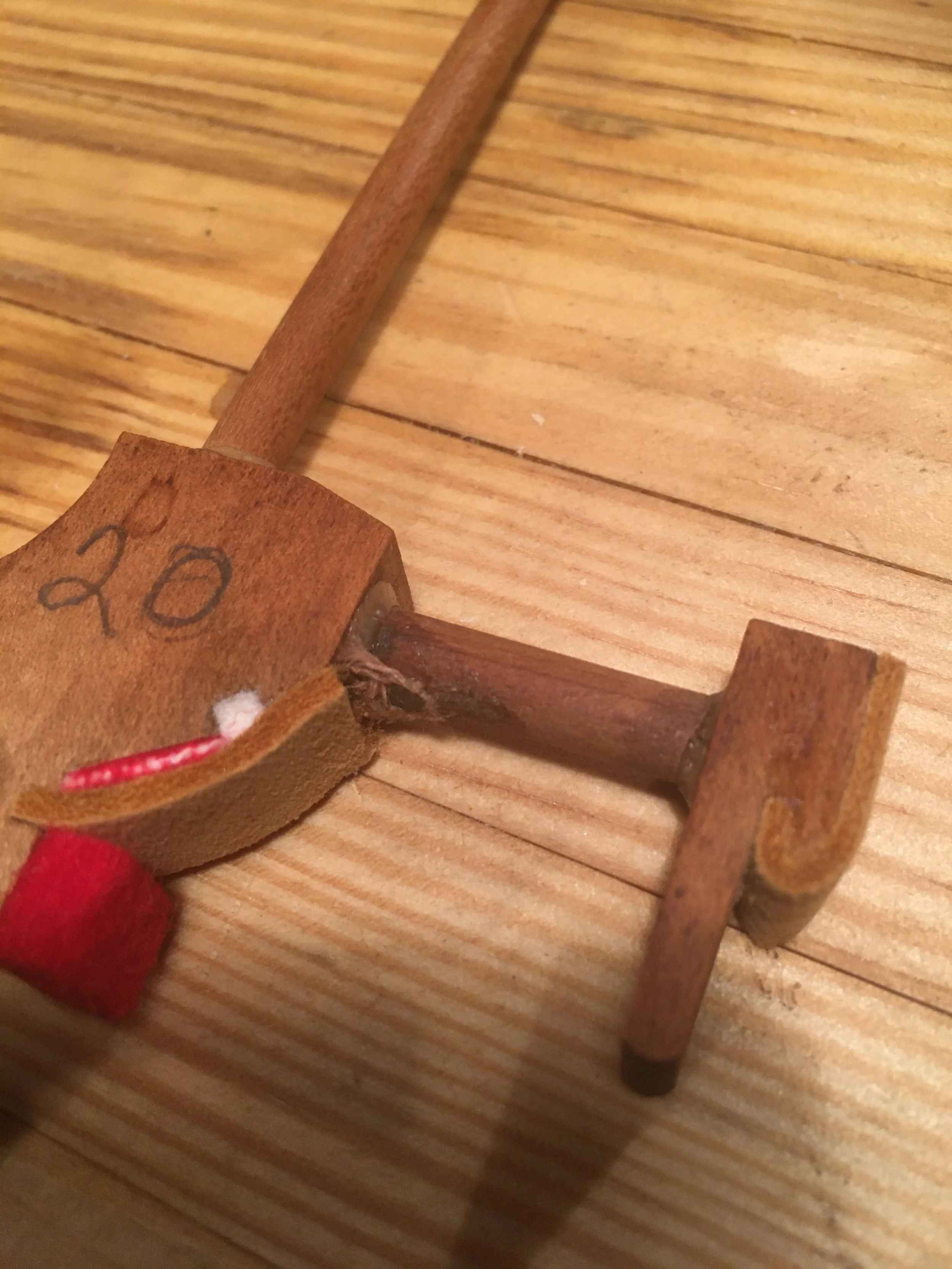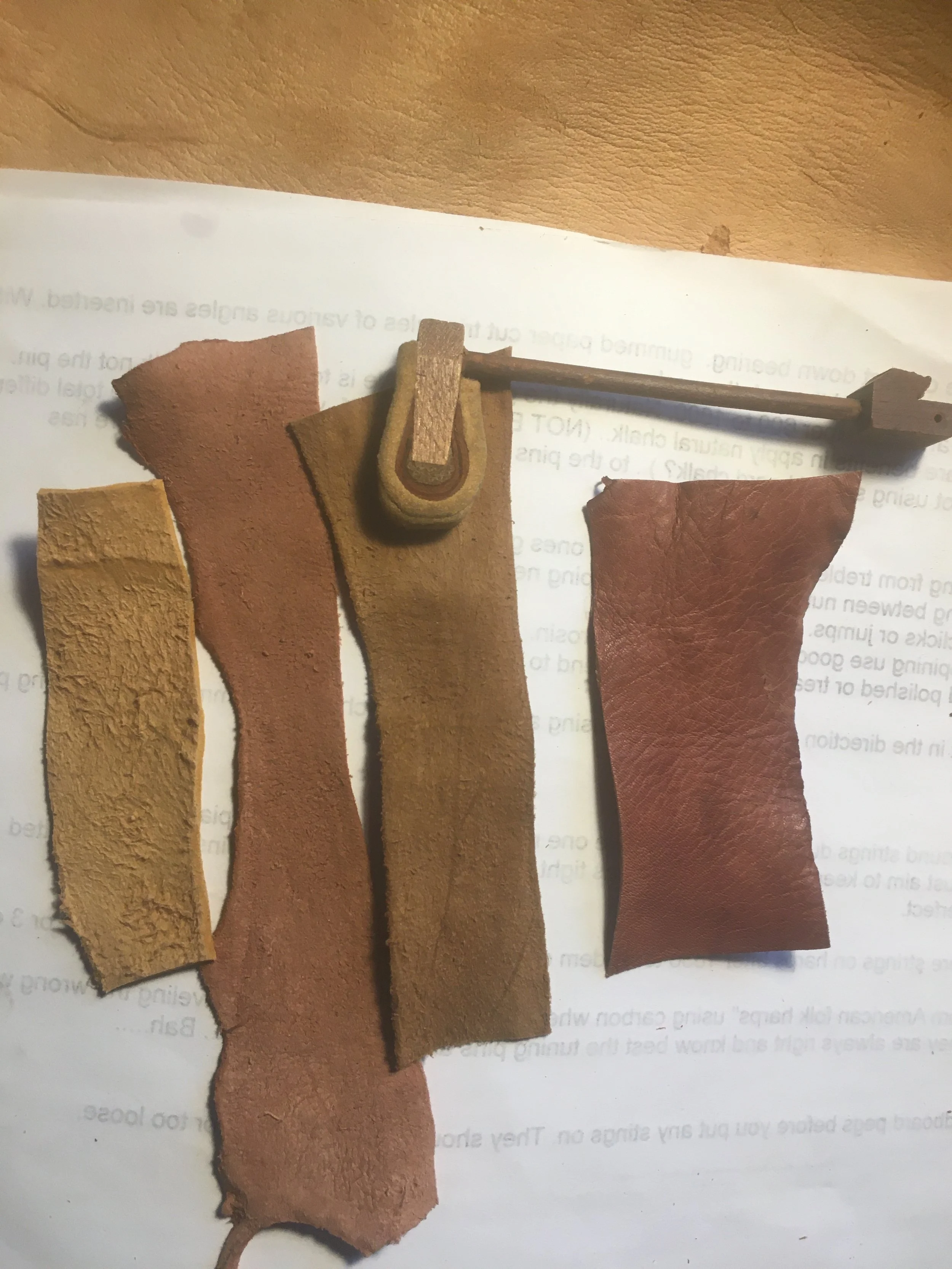Over the last ten years Jason researched and re-developed traditional leathers for use in pianos and keyboard instruments. Leather of this type and quality have not been available commercially for almost a century. Some types of hammer leathers have been unavailable for for even longer. This required the design and building of a traditional fulling mill that can be seen in videos and images on this page. The physical characteristics of the leather produced in this mill have a profound impact on the tone when it comes leathering the hammers and as big an impact on touch and feel when used throughout the action. My leathers are used in all of my restorations and builds and have been sold to restorers, builders, and owners throughout the United States and Europe. Occasionally, I have leather for sale, but because it is made in very small batches, I often only have enough to provide for the needs of my own workshop. I am currently working on a treatise on historic methods for tanning and preparation of leathers for use in keyboard instruments so that this information can be more widely available to tanners who wish learn this nearly forgotten and secretive art. An actual treatise on this subject has never been written and the history of making leather for use in pianos is shrouded with many mysteries and difficult questions that I slowly solved over the years through experience and trial and error. Every part of the process is carried out with traditional tools, materials, and techniques except that the gear reduced motor that drives the fulling mill has replaced the traditional water powered drive shaft.
This is a short clip of the fulling that I designed and constructed to make traditional oil tanned piano leather. The wooden hammers weigh about 75 pounds each and continuously pound oil into the deerskins for several days until they are fully impregnated with oil. Afterwards they are hung up to cure for about 6 months, only then are they ready to be prepared for use in the piano.




